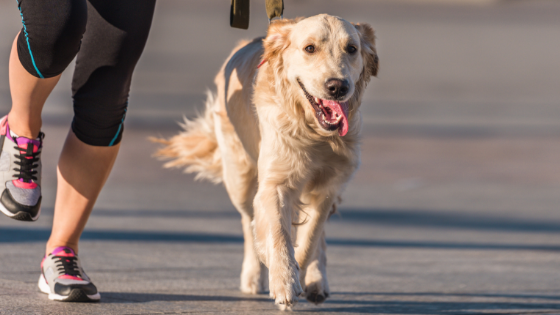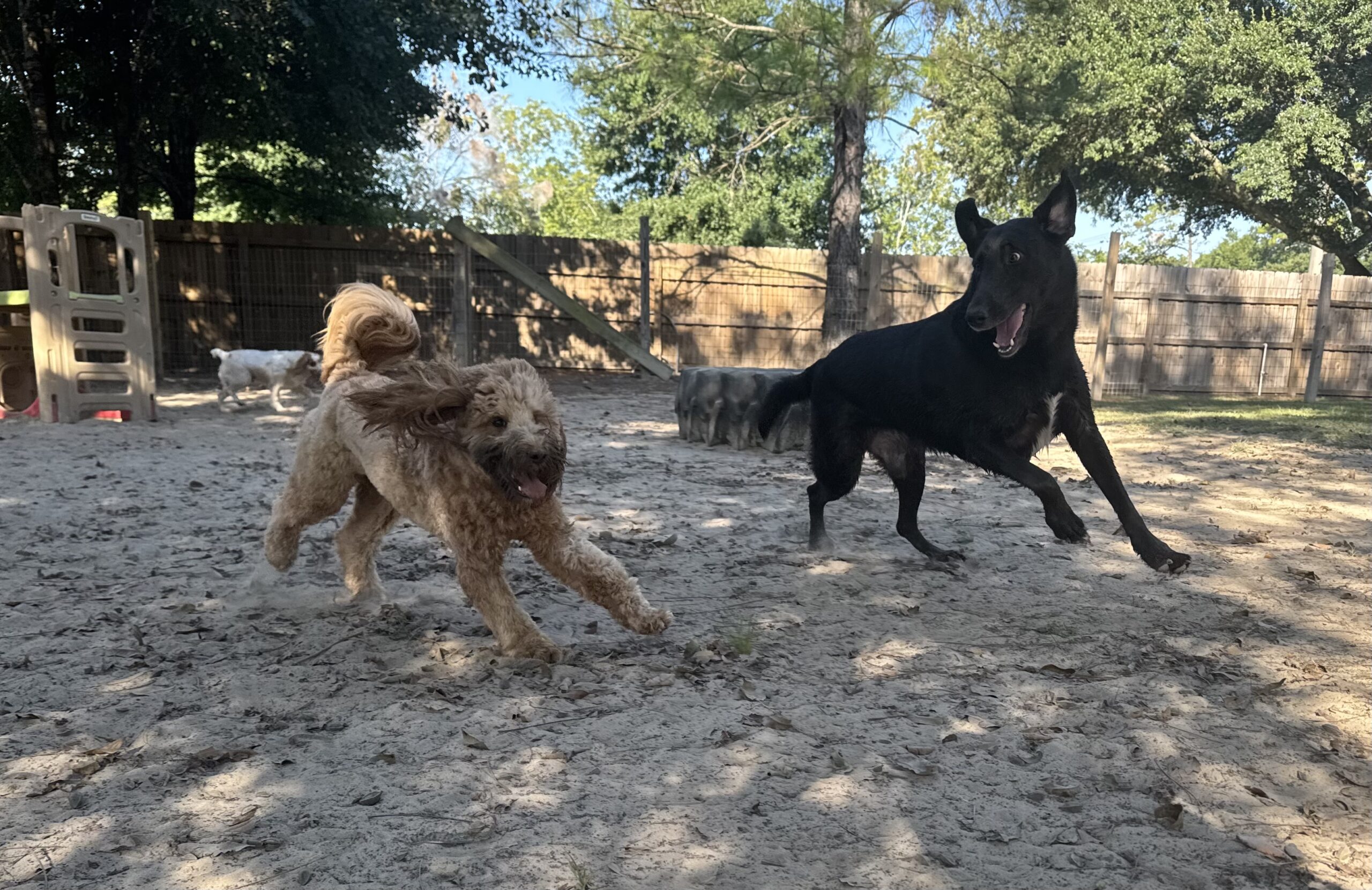When it comes to showing love to our dogs, treats are often the go-to gesture. Whether it’s a reward for good behavior, a birthday celebration, or just a little something to say “I love you,” dog treats play a big role in our daily interactions with our four-legged family members. But as with human snacks, not all treats are created equal. What may look tasty or cute on the shelf might actually be doing more harm than good in the long run.
At Sea Paws, we believe that a healthy dog is a happy dog—and that includes what goes into their bellies. Understanding the benefits of healthy dog treats, as well as knowing which ingredients to seek out or avoid, can make a big difference in your pup’s overall well-being. In this blog, we’ll dig into the power of smart snacking, and guide you through the good, the bad, and the surprisingly harmful when it comes to dog treats.
Why Healthy Treats Matter
It’s tempting to spoil your pup with store-bought goodies, especially when they’re marketed as “premium” or “gourmet.” But just like processed foods can affect humans over time, the wrong treats can contribute to issues like obesity, digestive trouble, skin problems, and even chronic illnesses in dogs. Choosing healthier options doesn’t mean you have to skip the fun—it simply means putting your dog’s long-term health first.
Healthy dog treats can support a strong immune system, maintain a healthy weight, improve coat condition, and keep your pup’s energy levels high. They can even be part of your training routine without contributing to poor health, which is especially important for puppies or active dogs who receive multiple rewards a day.
Ingredients That Fuel, Not Harm
A good rule of thumb is this: if you can’t pronounce it, your dog probably doesn’t need it. The best dog treats have a short list of ingredients—simple, recognizable foods that nourish the body.
Whole proteins like chicken, beef, turkey, or salmon are excellent foundations for treats. These provide essential amino acids and help maintain muscle mass. You’ll also want to look for complex carbohydrates like brown rice, oats, or sweet potato, which are great sources of energy without unnecessary sugar.
Fruits and vegetables can offer natural vitamins, fiber, and antioxidants. Apples (without seeds), blueberries, pumpkin, carrots, and green beans are all excellent additions to a treat’s recipe, especially when they’re fresh or minimally processed.
Healthy fats, such as those from flaxseed, coconut oil, or fish oil, also serve an important role. They can improve skin health, reduce inflammation, and give your dog’s coat that shiny, silky glow that everyone loves to see.
The Sneaky Dangers in Some Store-Bought Treats
Unfortunately, not all treats are made with your pet’s best interests in mind. Many commercial dog treats contain ingredients that can be harmful, especially when consumed over time. Artificial preservatives like BHA and BHT have been linked to cancer in some studies. Additives like propylene glycol and artificial colors might make a treat look appealing but offer zero benefit to your dog’s health.
Even seemingly safe treats can be problematic. For example, some popular “meat-flavored” products are mostly made from byproducts, fillers, and rendered animal parts that aren’t regulated as human food. These treats can be difficult for dogs to digest, and they may carry lower nutritional value.
One of the biggest concerns is sugar and salt. High levels of either can lead to weight gain, dehydration, and even organ strain over time. Dogs don’t need sugar in their diet, and they certainly don’t benefit from it in treats. If a dog treat looks or smells like a cookie you’d eat, it might not be doing your pup any favors.
Toxic Foods to Always Avoid
There are also ingredients that should never, under any circumstance, be given to dogs. These can cause anything from mild digestive upset to life-threatening emergencies.
Xylitol, a sugar substitute often found in “sugar-free” foods and dental products, is incredibly toxic to dogs and can cause rapid insulin release, leading to liver failure and even death. Raisins and grapes, while healthy for humans, can cause kidney failure in dogs. Onions and garlic—common in many flavored snacks—are also dangerous, leading to anemia if consumed regularly.
Chocolate, caffeine, macadamia nuts, and alcohol are all major no-gos for dogs. Even in small amounts, these substances can trigger serious reactions. And while bones might seem like a natural choice, cooked bones—especially poultry—can splinter and cause choking or internal injury.
Homemade Treats: A Wholesome Option
Making dog treats at home is one of the best ways to ensure your pup is getting safe, healthy snacks made with love. Not only can you control every ingredient, but you also avoid harmful preservatives and unnecessary fillers. Plus, it’s a fun activity the whole family can enjoy!
Recipes can be as simple as mashed banana and oats, or as creative as pumpkin-peanut butter biscuits. Just be sure to avoid added sugars, high-sodium broths, or anything toxic. Even treats like frozen yogurt cubes with dog-safe fruits are a hit, especially in warm coastal areas like ours.
When you make your own treats, you also have the flexibility to cater to dietary needs. Whether your dog is on a grain-free diet, has food sensitivities, or just prefers softer snacks, homemade goodies can be customized in a way that store-bought treats rarely are.
How Often Is Too Often?
Even healthy treats should be given in moderation. Think of treats as dessert—delicious and fun, but not something to build your whole diet around. A good guideline is to ensure that no more than ten percent of your dog’s daily caloric intake comes from treats. The rest should come from a complete and balanced dog food.
If your dog is in training and requires frequent rewards, consider using small, low-calorie treats or break larger ones into tiny pieces. Dogs don’t measure reward by size—they’re just happy to get something tasty and be told they’re doing a good job.
The Sea Paws Approach to Snacking
At Sea Paws, we believe that health and happiness go paw in paw. That’s why everything we offer—whether it’s daycare enrichment, spa services, or snacks—is designed with your dog’s wellness in mind. We’re always happy to recommend healthy treat options or share ideas with pet parents looking to improve their dog’s diet. In fact, many of our pups’ favorite treats are homemade right here in our kitchen using all-natural ingredients and a whole lot of love.
We also make sure to consider any allergies or sensitivities when giving out treats during playtime or after grooming. Your dog’s comfort and safety are always our top priority, and that includes everything they eat while they’re here.
Building Healthy Habits That Last a Lifetime
Introducing healthy treats into your dog’s routine does more than boost their nutrition—it helps build a lifestyle that supports longevity, energy, and joy. As dogs age, proper diet and clean treats become even more important. Just like humans, senior dogs benefit from anti-inflammatory ingredients, joint-supportive nutrients, and easy-to-digest foods.
Making small changes today can lead to big benefits tomorrow. Swapping out processed store-bought biscuits for fresh, natural alternatives can reduce vet visits, improve coat quality, and even extend your dog’s life. And in the meantime, you’ll enjoy the peace of mind that comes with making thoughtful, informed choices for your best friend.
Show Your Love the Healthy Way
Giving your dog a treat should always be a happy moment—but it’s even better when you know that treat is nourishing their body as well as their spirit. By choosing healthy, natural options and staying informed about what’s safe and what’s not, you’re doing your part to ensure a longer, healthier life for your furry companion.
So the next time those puppy eyes beg for a bite, reach for something that fuels, not just fills. At Sea Paws, we believe every dog deserves to be spoiled—and we’re here to help you do it the right way.







